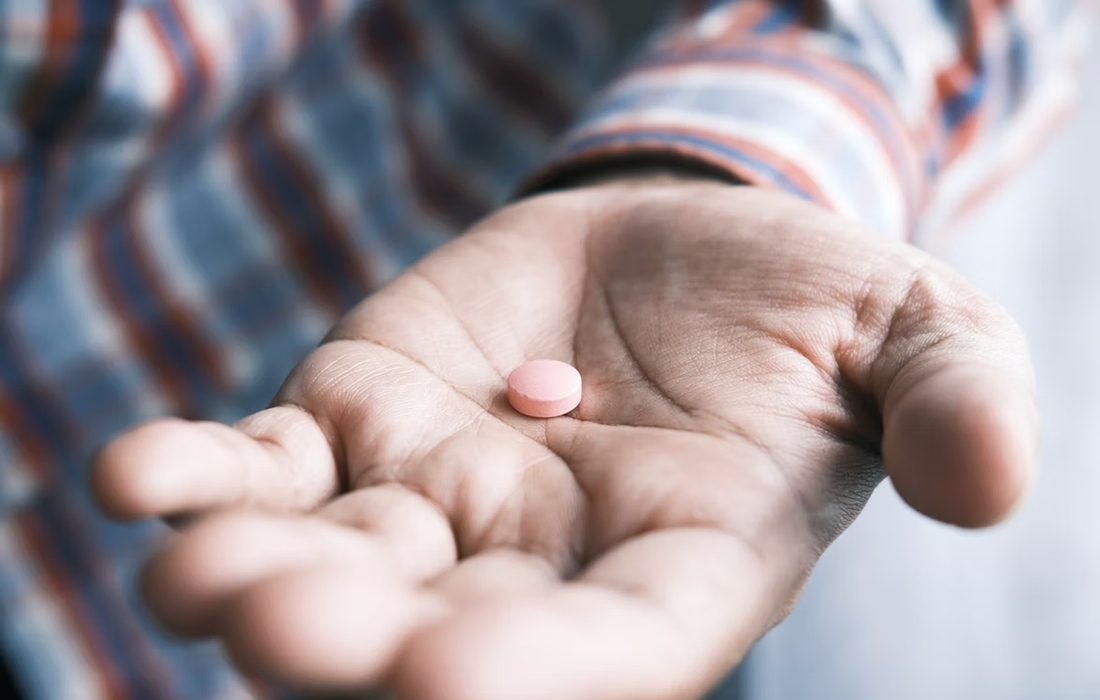Regenerative Medicine News and General Information
Researchers from Yale University Uncover the True Mechanism of Action of Metformin
Metformin is the standard first-line pharmaceutical intervention for type 2 diabetes mellitus (T2D), and is one of the most widely prescribed drugs worldwide. Metformin has glucose-lowering effects in patients with T2D.
After it is given orally, the medication accumulates to a high degree within the liver due to first-pass uptake in the portal vein following absorption from the gut.
The medication exerts its glucose-lowering therapeutic effect primarily through inhibition of hepatic gluconeogenesis, which consist in producing glucose from non-sugar precursors such as amino acids, lactate, and pyruvate. However, the precise mechanism is still unclear.
In a recently published study, researchers from Yale University, have found a model for the drug and how it functions to treat Type 2 diabetes.
Research development and results
The research study was published in the journal Proceedings of the National Academy of Sciences. According to the team they have been exploring the mechanism by which metformin lowers blood glucose in patients with type 2 diabetes for over 2 decades.
Type 2 diabetes impairs the way that our body regulates and uses glucose. The 2 primary causes are insufficient production of insulin by the pancreas and poor response to insulin by the cells.
There are other ways our body can increase blood sugar levels, one of them is gluconeogenesis. Previous studies have shown that metformin inhibits this process to decrease blood sugar levels through inhibition of metabolic complexes in the cells’ mitochondria.
The researchers found out that metformin inhibits the mitochondrial enzyme glycerol 3-phosphate dehydrogenase, or GPD2. The study demonstrated that metformin inhibits glycerol conversion to glucose and indirectly inhibits GPD2 by inhibiting the fourth complex of mitochondrial electron transfer chains, complex IV. In other words metformin can prevent high levels of gluconeogenesis in the liver by inhibition of GPD2 and complex IV, which prevents the conversion of glycerol to glucose.
The team hopes that with this increased understanding of how the medication works will lead to new treatments for type 2 diabetes, cancer and to promote healthy aging.
Sources:
Traci E. LaMoia, et al. Metformin, phenformin, and galegine inhibit complex IV activity and reduce glycerol-derived gluconeogenesis. PNAS. 2022. 119 (10) e2122287119. https://doi.org/10.1073/pnas.2122287119
Manas Sharma. (2022, Mar 11). Yale researchers uncover the true mechanism of common diabetes drug. Yale News. Retrieved from:
Image from:
Photo by Towfiqu barbhuiya on Unsplash

